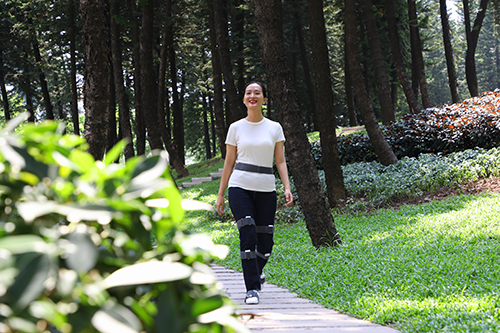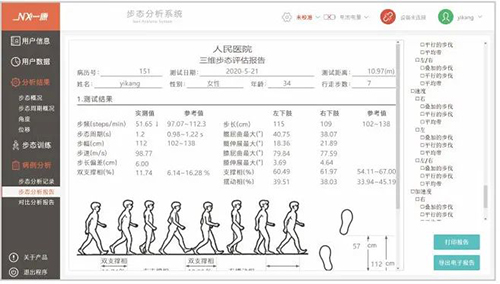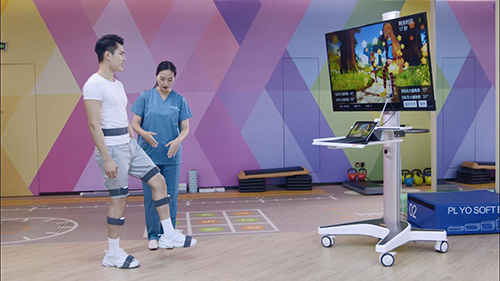Walking gradually becomes popular, but did you know that incorrect walking posture not only fails to achieve fitness effects but can also lead to a series of diseases that can seriously affect bone health?
For example:
- Inward knee alignment: Affects hip joint health, commonly seen in women and rheumatoid arthritis.
- Outward knee alignment: Leads to bow legs (O-shaped legs) and can cause knee joint problems, commonly seen in individuals with well-developed leg muscles.
- Forward head and rounded shoulders posture: Aggravates neck problems, commonly seen in adolescents.
- Excessive knee bending: Weakens the iliopsoas muscle, commonly seen in the elderly.
- Walking on tiptoes: Muscles become overly tense, which may result in brain damage. Children who are just learning to walk and exhibit this behavior should be promptly examined by a pediatrician.
Various incorrect postures often indicate underlying diseases and also increase the risk of skeletal disorders.
What should you do if you feel that your own or your family members’ walking posture is incorrect?
Take a look at the 3D Gait Analysis and Training System ↓↓↓
The 3D Gait Analysis and Training System is a specialized instrument designed based on the biomechanical principles, anatomical principles, and physiological knowledge of human walking. It provides functions such as patient assessment, treatment, training, and comparative effectiveness.
In clinical practice, it can be used to provide precise gait function assessments for patients who can walk independently but have an abnormal gait or poor walking ability. Based on the conclusions of gait analysis and walking ability scores, it can determine the walking problems that the patient has and, combined with virtual scene modes and set games, carry out walking function training suitable for the patient, thereby improving the patient’s walking ability and correcting incorrect gait.
STEP ONE:
Uses sensors to establish a three-dimensional plane in the sagittal, coronal, and horizontal planes on the patient’s body.
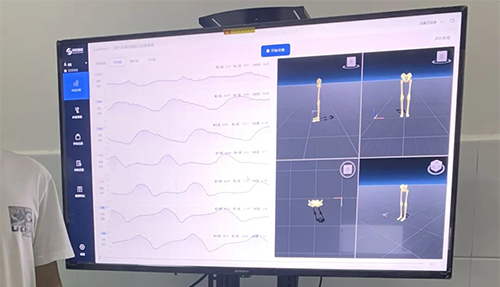
STEP TWO:
Gait analysis: Measures kinematic parameters such as stride length, step count, step frequency, step length, gait cycle, and joint angles to assess the patient’s impaired gait.
STEP THREE:
Analysis report: One can evaluate parameters such as gait cycle, displacement of lower limb joints, and changes in joint angles.
STEP FOUR:
Treatment mode: Through the evaluation of the subject’s gait cycle, it collects motion data of the pelvis, hip, knee, and ankle joints within the cycle. Based on the evaluation results, it formulates corresponding continuous and decomposed motion training to improve the patient’s walking function.
Decomposed motion training: Pelvic anterior tilt, posterior tilt; hip flexion, extension; knee flexion, extension; ankle dorsiflexion, plantarflexion, inversion, eversion training.
Continuous motion training:
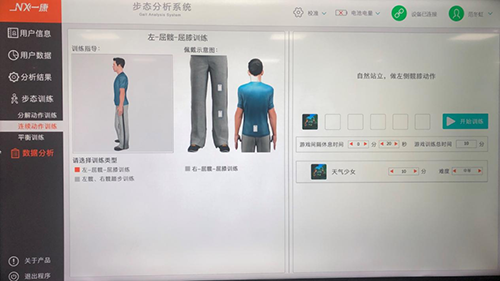
Gait training:
Other training: provide motion control training for various motor patterns of hip, knee and ankle joints of the lower limbs.
STEP FIVE:
Comparative analysis: Based on the evaluation and treatment, a comparative analysis report is generated to assess the treatment effect.
Indications
- Musculoskeletal disorders: Walking function impairments caused by hip, knee, ankle injuries, postoperative soft tissue injuries, etc.
- Neurological disorders: Stroke, multiple sclerosis, spinal cord injuries, etc.
- Head trauma and Parkinson’s-like conditions: Gait problems caused by dizziness after brain trauma.
- Orthopedic surgery and prosthetic patients: Patients who have undergone orthopedic surgery or have been fitted with prosthetics often experience proprioceptive impairments, skeletal and muscular damage, and walking function impairments, which also put them at risk of further injury.
More gait content: How to improve hemiplegic gait?
More product details about the 3D Gait Analysis and Training System
Post time: Jan-31-2024







